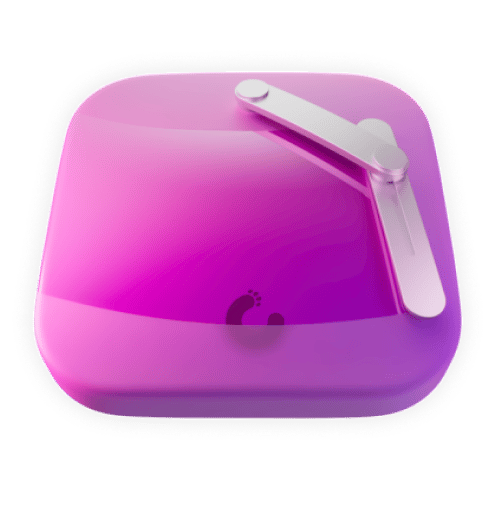With tablets getting faster and more powerful, replacing your home computer with an iPad is no longer a far-fetched idea. In fact, with four different iPads in the current lineup, Apple is doubling down on this trend. If you’re weighing your options, keep reading, and we’ll break down the difference between two of those iPads: the current 10th-generation iPad and the latest iPad Pro.
What’s the difference between iPad and iPad Pro?
If you’ve been considering a new iPad, you may wonder about the difference between the entry-level and beefed-up iPad Pro. You’re probably asking yourself if you can get by with a standard iPad. Or maybe you’re wondering what makes iPad Pro more professional, so to speak.
Well, in addition to some of the upgraded internal components — designed to allow the device to perform faster and handle more — there are a couple of major differences you’ll notice with iPad Pro:
- Thinner bezel. Because there is no physical button on the iPad Pro, its display doesn’t have a thick border.
- Bigger screen. iPad Pro has two screen size options: 11 inches and 13 inches.
- More storage. iPad Pro can come configured with up to 1 TB of built-in storage.
iPad vs. iPad Pro: The display
The most noticeable difference between the two models is their screens. The standard iPad was recently upgraded to a 10.9-inch screen, but the iPad Pro comes in two sizes: 11 inches and 13 inches. Aside from the size, the iPad comes with a familiar LED display, while the iPad Pro has a Retina display, as seen in the newer Macs and iPhones.
The iPad Pro's lack of a physical home button allows it to have a larger screen than its 10.2-inch counterpart. Without a home button, the display has a thinner border and can go almost from edge to edge without interruption.
iPad vs. iPad Pro: Storage options
If you’re considering using your new iPad to replace your computer, storage capacity should factor into your decision. The iPad (10th generation) only offers 64 GB or 256 GB, meaning you may have to use iPadOS’s external hard drive features or some type of cloud service, like Google Drive or iCloud Drive.
Fortunately, if you’re leaning more toward iPad Pro, you can get built-in storage capacities of 1 TB and 2 TB.
iPad vs. iPad Pro: Performance
Another very noticeable difference between iPad and iPad Pro is how each performs. While calling the baseline iPad slow would be an unfair assessment, the iPad Pro is certainly in a different league regarding performance.
More intensive apps, like AR games or graphics-heavy apps, may run slower on a standard iPad. There is even a chance that you’ll notice app features missing entirely — elements that are readily available on iPad Pro.
If you’re wondering what all this means, consider that the standard iPad’s processor is the A14 Bionic chip, which was introduced in Apple devices starting with the iPhone 12 in 2020.
How do I know if it’s an iPad or an iPad Pro?
The easiest way to tell if you are holding an iPad or an iPad Pro is to check if there’s a physical home button on the front of it. You can also tell depending on the size of the display, based on whether it’s the 10.9-inch display of a standard iPad or one of the larger display sizes available on iPad Pro. If you are still having difficulties distinguishing what device you’re holding, here’s how you can figure it out:
- Open the Settings app.
- Tap General > About > Model.
Is an iPad Pro better than an iPad?
Unequivocally, yes. iPad Pro is designed to be a higher-end device and delivers on every front. In addition to the other factors discussed in this article, there are features like Apple Pencil support, where iPad Pro also beats out the iPad.
All things considered, there is one area where the iPad beats out the iPad Pro, and that is the price. At an almost $500 cheaper price point, the iPad (10th generation) is still a great device that can handle day-to-day tasks like checking your email and browsing the internet. Where it starts to get a little murky is if you want to use it for high-end illustration or photo editing.
Both the iPad and the iPad Pro are great devices, and the iPad Pro truly delivers on what its name promises, albeit with a fairly hefty price tag. Apple has done an impressive job of updating the iPad and supporting its Smart Keyboard and other accessories. However, there is still much to be desired regarding storage capacity and processing.
The only question left is whether you need the professional-level iPad Pro or if you can go with the more cost-friendly iPad (10th generation).








